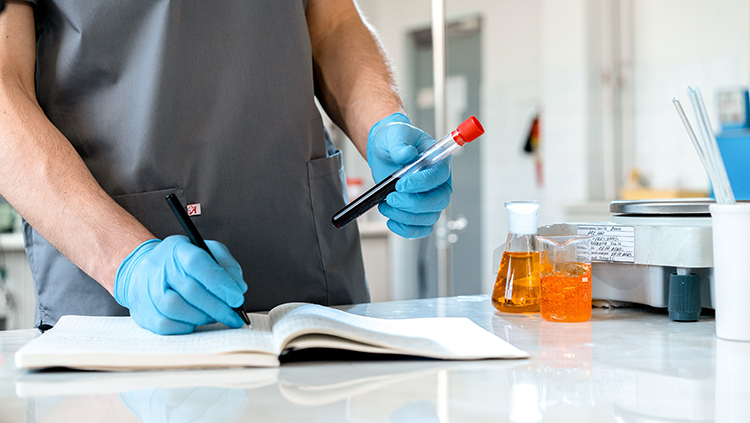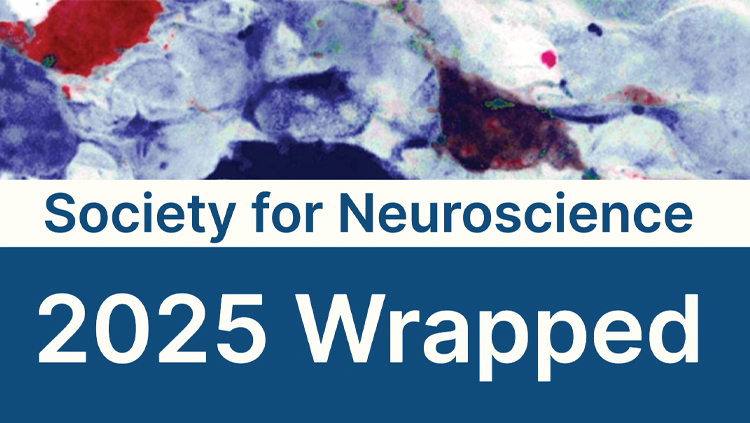How to Build a Lab Culture That Promotes Scientific Rigor
- Featured in:
- Foundations of Rigorous Neuroscience Research
Too often scientific rigor is discussed as an absolute: either a study was rigorous, or it was not — a binary one or zero. However, there is a reason why on the Cochrane Risk of Bias scale, commonly used to evaluate clinical trials, there are only options for low, some, and high risk of bias, with no option for no risk of bias. There has never been a study that has no risk of bias or is unimpeachable with respect to scientific rigor.
Looking back decades after publication with the benefit of hindsight, it is normal to be able to identify opportunities for improvement based on modern standards. Rigor is a commitment to a lifelong process of constant improvement as an individual, a lab, and as part of the larger scientific community.
Building a lab culture to promote scientific rigor requires reducing communication barriers, promoting diversity, and making it OK to make an honest scientific error as long as you are constantly working to improve how science is conducted. It is important to stress rigor as a constant process of both individual, team, and community improvement to help reduce barriers to communication. Rigor is a team sport that requires a diversity of backgrounds and scientific perspectives across the team and is achieved through freely and frequently exchanging ideas.
I have found that viewing rigor in terms of good and bad is a barrier to communication, especially to new lab members. Newer lab members tend to be more afraid to share their ideas at the early stages because they want to be viewed as a “good scientist.” They are also more reluctant to voice potential concerns, because they assume more senior lab members are rigorous scientists; therefore, any concern or confusion must be an error on their part. Even if they are confident enough to know there is a problem, they may be reluctant to share their concern and label someone else in the lab as a “bad scientist.” This could hurt that person’s feelings and consequently their work relationship. This can be even more pronounced with students who are more naturally introverted.
Keys to overcoming this issue are building your lab person by person to increase diversity of perspective and expertise, and frequently reinforcing how each individual perspective is critical for improving the quality of science across the entire lab.
My lab focuses on science to forward clinical translation, where input from multiple cultural, racial, ethnic, socioeconomic and gender perspectives is important to understand how our science can best help different groups. When bringing on a new team member, I actively recruit candidates that have a perspective we currently don’t have represented.
In the first several months of entering the lab, I connect new lab members to work done by teams they are not on to broaden their perspective. I provide multiple formats where they can be comfortable voicing their input on both projects they are involved with, and outside projects (for example, emails asking for quick written feedback and 1 on 1 conversations in addition to team and full lab conversations). At the earliest stages for a new team member, I underscore how important it is for our teams to be able to communicate complex concepts in a digestible form to a naïve audience. I stress the fact that they, as a new lab member, have a unique opportunity to improve our team: by providing feedback on how effectively we are communicating to people not yet familiar with our work. I have found that once people recognize the value of their own unique viewpoint, they are more comfortable having free conversations in general.
The truth is it is impossible to build your lab to cover all valuable unique perspectives, but this is an opportunity to demonstrate how building towards better science is a community effort. It’s important to be transparent with your team about areas that intersect with your work for which you are non-expert, and share how you identify outside parties with this expertise to supplement your own. Group think develops in any team that has worked together for a while. This means sharing your ideas with outside parties periodically at all stages — from conceptual ideation, experimental design, experimental analysis, and when developing oral or written communications — is critical to identifying potential confounds missed by the team. It is also important to share with your team that your own science as a PI benefits from outside feedback and to build processes to make periodic outside feedback the norm instead of the exception.
This ultimately reduces the fear of the free and honest communication that is critical to scientific rigor by embracing constructive criticism from outside parties as part of the process of improvement and by underscoring that those who don’t embrace this process will fail to reach their potential as a scientist.
I used to be very stressed as a young Principal Investigator, believing I had to reinforce false initial impressions of my own infallibility for my students and staff to work most effectively. Often, I would point out the mistakes of others in the field sarcastically and with disdain instead of empathy, which reinforced a false narrative of only good or bad scientists. It makes people fearful of having honest conversations to improve science as a whole.
Ironically, as an older PI, I have found it much less stressful to be transparent. I am a human being that would make many more mistakes if I didn’t embrace a teamwork strategy within my lab and across the community. As an additional benefit, I believe embracing my own fallibility has helped me foster a better training culture for scientific rigor.











